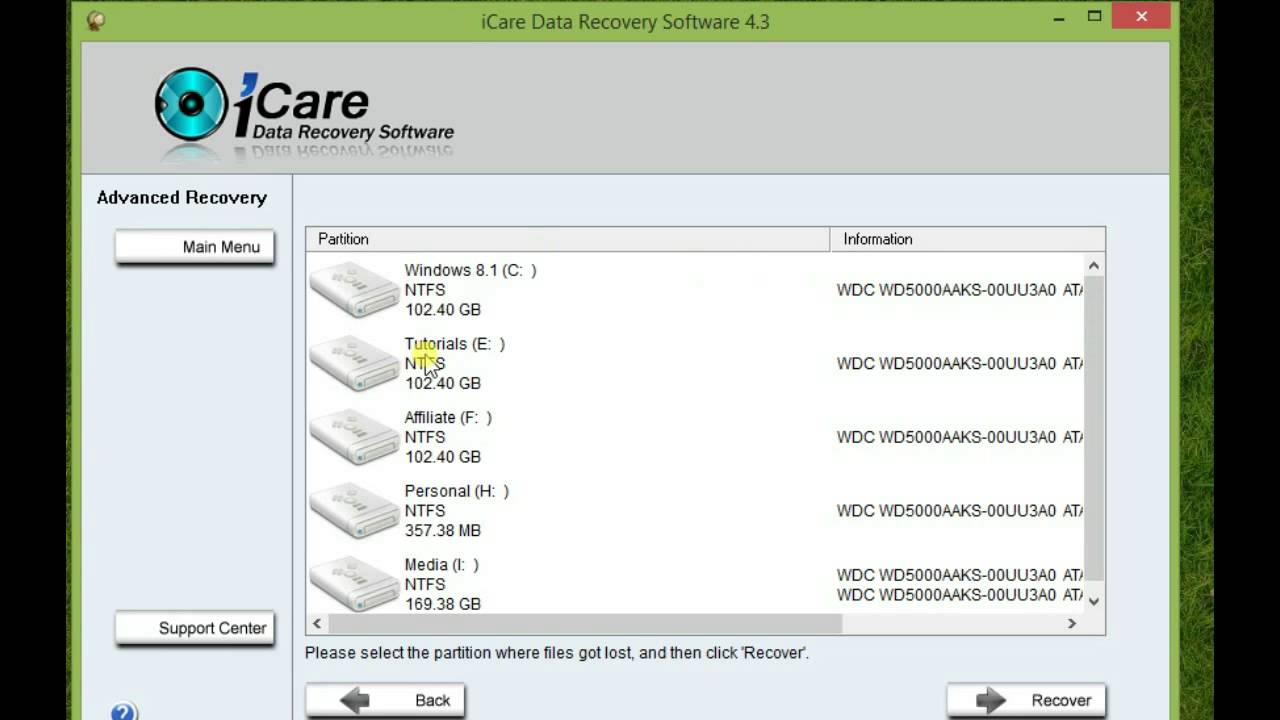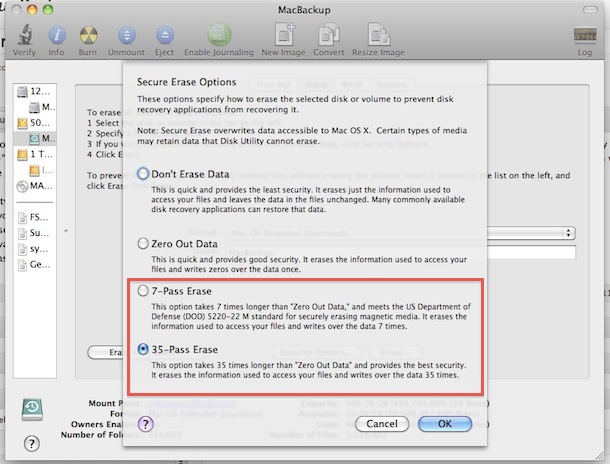
Keep in mind that disk access is fastest on the outside of the disk, where the first partition is located. And copying files from one partition to another is slow, even slower than copying from one disk to another.

The downside is that you need to think about the size of the different partitions and keep track of which files go where. The advantage of having multiple partitions is that if one fails, the others may be unaffected. There, you can divide the disk into several partitions. If your needs are more complex, select the "partition" tab. If you want to keep things simple, just select a disk, click on the "erase" tab and you can create a volume that uses the entire disk with a few mouse clicks. After you start it, Disk Utility shows a list of all available disks along with all the volumes (partitions) present on those disks on the left side of the window. The easiest way to do that is with the Disk Utility in Applications/Utilities. It will take a short while to delete all the files and change the format of the disk.When you put a new hard drive in your Mac-or connect an external one using FireWire or USB-you need to decide how to partition the drive and what file system to put on it.

This process only takes a few minutes but will erase all files on the drive so make sure you copy off any files you need before reformatting. To copy files to the drive you must re-format it using a different type of formatting.

This is common with new drives which frequently come formatted for Windows computers in the NTFS format, which is not comparable with Mac OS. If you can’t copy a file to your hard drive it likely isn’t formatted for the operating system you are using.


 0 kommentar(er)
0 kommentar(er)
